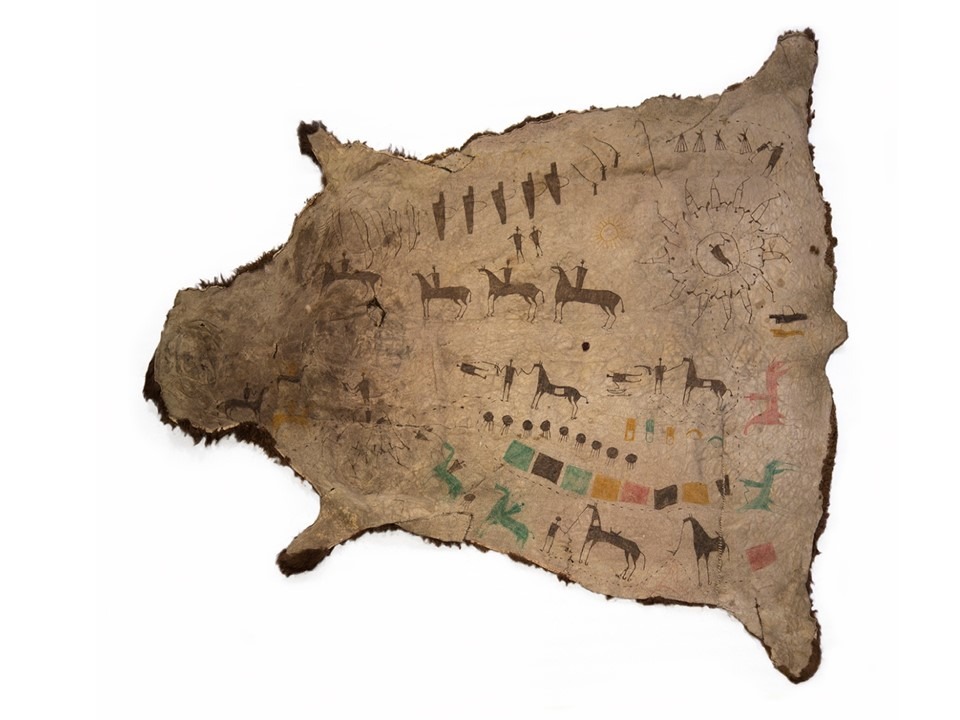Dreamtime: indigenous art from Australia

MAPI, Coo-ee Art Gallery and the Australian Embassy present the exhibition “Time of Dreams: Indigenous Art from Australia” which brings together paintings, textiles, bark paitings (painting on eucalyptus bark), sculptures and lithographs by contemporary artists, highlighting the work of Emily Kame Kngwarray (1910-1996) whose works were presented at the Venice Biennale.
This exhibition arrives for the first time in Uruguay after a tour of nine cities in Brazil.
The pieces were made with diverse techniques such as painting, sculpture, lithography and bark paintings (painting on eucalyptus bark) typical of the tropical north of Australia, which is one of the oldest artistic expressions in the world with 40,000 years old.
These works make up the collection of Coo-ee Art Gallery, the oldest and most respected gallery of indigenous art in Oceania. “This collection is a present for Uruguayans.
From a collection of more than 2,000 pieces, we have selected the most significant ones. The works of the artists participating in this exhibition have already been published in numerous art catalogs, cited in doctoral texts and participated in numerous exhibitions in Australia and internationally in Europe and North America,” says Brazilian Clay D’Paula, who curated the exhibition together with Australians Adrian Newstead and Djon Mundine. “Dream Time”.
Artists paint about their dreams, but not with the Jungian idea of dreaming associated with the unconscious. For them, painting or their “dreaming” is to retell stories that are timeless, to keep them alive and pass them on to future generations. These paintings contain vital information, such as where to find permanent “living water”.
Keeping that “dreaming” alive is the fundamental motivation for Indigenous Australian artists. Bark paintings are considered aesthetically poor, because they were not created to last, but to be used in ceremonies or as decoration. Today, however, they are exquisitely executed, are considered true pieces of art and are part of the collections of renowned museums, as well as part of private collections around the world. Participating artists The exhibition brings together indigenous artists of great international importance, with a refined and luminous palette, such as the famous Rover Thomas (1926-1998), with his ochre-colored landscapes that changed, with his vision, the perception of the Australian landscape. The aesthetics developed by the artists resemble minimalism and expressionism.
However, the works they create bring a unique visual language, as most indigenous Australian artists had no contact with European art. The star of the exhibition is Emily Kame Kngwarray (1910-1996) who began painting at the age of 79. Considered by critics as one of the greatest expressionist painters of the twentieth century, and although she never had access to any expression of Western art, she has been compared to Pollock and Monet.
Emily became Australia’s most beloved artist representing the country at the Venice Biennale and other international art events. Indigenous art in Australia moves more than $200 million per year, which allows more than 5,000 indigenous artists to make a living from this practice in that country.
The exhibition in Montevideo is sponsored by the Uruguay-Australia Chamber, Hughes & Hughes, Deakin University and Orpheo Express Hotel.

